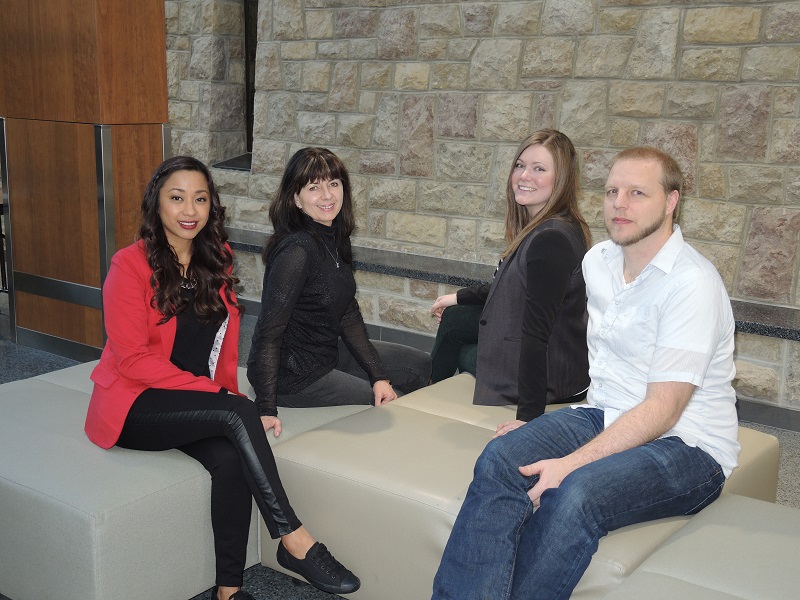
Educating Adolescents with Developmental Disabilities about Healthy Relationships
College of Nursing faculty member Dr. Lee Murray has been working with community partners for over 10 years to educate adolescents with developmental disabilities about safe environments and healthy relationships. The program provides students with educational resources and teaches students about healthy peer relationships.
In 2014, her work with the Canadian Red Cross RespectED, Greater Saskatoon Catholic Schools (GSCS) and Saskatoon Sexual Abuse and Information Center (SSAIC) earned her grants from both the University of Saskatchewan Office of Community Engagement and Outreach and the Saskatoon Health Region Community Grants Program. The Creating Safe Environments for Adolescents with Developmental Disabilities Project: Healthy Peer Relationshipsprogram delivers education on emotional health, healthy sexuality, knowledge regarding personal rights and responsibilities in relation to safe environments, body ownership, establishment of personal boundaries and knowledge related to sexual abuse prevention and skills in order to stay safe,” said Murray. “We teach the students assertive communication, expression of personal feelings, sensitivity to others feelings and attitudes and provide knowledge about where to get help.”
The project extends beyond the students and also provides education, awareness, tools and supports to parents and teachers, enabling them to further educate and support the adolescents. Parents and teachers learn about the myths and misconceptions surrounding sexuality among adolescents with developmental disabilities and develop the skills to promote healthy sexuality, prevent abuse and work with adolescents to develop risk-management strategies.
Murray has worked with several College of Nursing students on the project over the years and is excited about the peer-to-peer aspect of this program. “We are providing a model to train and educate high school and university students to deliver the program to youth with developmental disabilities. Approximately 3-4 high school students from each of the five GSC high schools in Saskatoon and 8-10 university students from a variety of colleges at the U of S will receive the training and education to deliver this program.”
Two fourth-year College of Nursing students, Jared Nickel and Lauren Gamble, had the pleasure of working on this project with Dr. Murray. “I was one of the students in Lee’s clinical group and was lucky enough to be invited to some of the planning and implementation meetings,” said Nickel. “Learning what it takes to get a project like this off the ground and seeing all the different players involved was really interesting!”
When Gamble was asked what she enjoyed most about the project she replied, “Seeing the interprofessional teamwork that went into this project has been nothing short of inspiring. I really enjoyed all the professionals sharing knowledge from their unique backgrounds. Lee’s drive to educate adolescents with developmental disabilities is both powerful and necessary in creating positive change.”
“This project is changing lives,” said Lauren. “The work of Dr. Murray is nothing short of inspirational and her plan to include students in the project will create an alumni group to be very proud of! This project’s aim is incredible and the people behind it are passionate and ingenious – it is a winwin program!”
Ruby Maquinay works as a Project Facilitator with Murray. “This is my first year being actively involved with this project. After I graduated, I took a position in an emergency department, but I missed community nursing, an experience I really enjoyed during my clinical placement at E.D. Feehan High School. I emailed Lee to see if she knew of any available positions and the rest is history. There are many aspects of this project I enjoy, but what I love most is the interaction with the adolescents. Each and every one of them is unique in their own way, and learning to communicate with them on their individual levels can be a challenge. Relationships and sexuality are what make us human; we need to nurture this fact in our adolescents with developmental disabilities and make them see the importance as well.”

